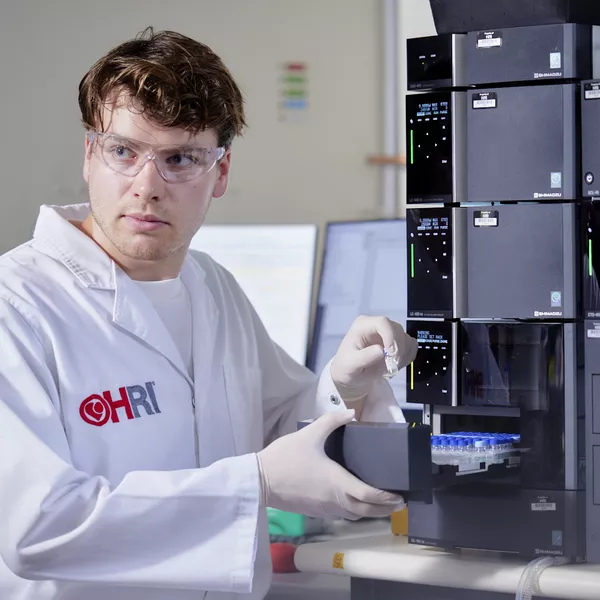“I am extremely grateful to The Ian Potter Foundation for supporting HRI’s Fluxomics Centre. With fluxomics, we could take a patient sample and run it through a multi-layer system to understand what’s happening within their cells, to generate a ‘chemical fingerprint’ for that individual. The supporting statistics will allow for data to be extrapolated forwards to predict your likelihood of developing CVD, and what treatments will work best. This is incredibly powerful. And it could all come from just a simple blood test.”
The Ian Potter Foundation grant will help enable the purchase of a cutting-edge mass spectrometer for the Fluxomics Centre that would provide the capability to analyse the metabolic flux (rate of turnover) of molecules important to CVD through their metabolic pathways (linked chemical reactions occurring within cells). This could help reveal previously unknown molecular changes in CVD that could form the foundation for developing personalised treatments.
“The development of a new platform with fluxomics capacity will add substantially to our understanding of cardiovascular disease and bring personalised medicine one step closer,” says Prof Andrew Coats, Scientific Director and CEO at HRI.
The Ian Potter Foundation is one of Australia’s major philanthropic foundations. The Foundation makes grants nationally to support charitable organisations working to benefit the community across a wide range of sectors including the arts, medical research, public health research, early childhood development, community wellbeing and environmental science. The Ian Potter Foundation aims to support and promote a fair, healthy, sustainable and vibrant Australia.


